The Technical Inspection of Buildings (ITE) emerges as a fundamental pillar in the management and preservation of the built environment. This process is an essential mechanism for evaluating the structural health, safety, and habitability of buildings of a certain age. The aim is to anticipate potential damage resulting from the passage of time, ensuring the proper architectural conservation.
Table of Contents
What is the ITE?
The ITE (Technical Inspection of Buildings) is a mandatory control system for residential buildings, where the owner fulfills their duty of rehabilitation and conservation. The goal is to detect hidden defects in the building and rectify them before endangering the safety of the property and its inhabitants.
Why is it important?
The ITE is essential to ensure the structural safety of buildings, especially those considered heritage. In addition to prevent deterioration and ensuring compliance with local regulations, conducting it allows for timely addressing of issues, thereby avoiding larger costs.
How often should it be carried out?
In Barcelona, the ITE is mandatory for buildings that are 45 years old or older. Local regulations stipulate that, after this period, owners must carry out the inspection every 10 years, provided that the building is free of deficiencies or has only minor deficiencies.
ShBarcelona accompanies you in your buying and selling process
Who carries out the ITES?
The ITE is usually carried out by professionals related to the building industry. In general, it is architects or building surveyors (technicians) who perform these inspections. It is important to note that the person responsible for conducting it must be independent of the building owner to ensure the objectivity of the assessment of the property’s condition.
Who asumes the cost of the inspection?
In the case of buildings, the expense is covered by the community of residents, while for individual homes, it is the homeowners who are responsible for the costs.
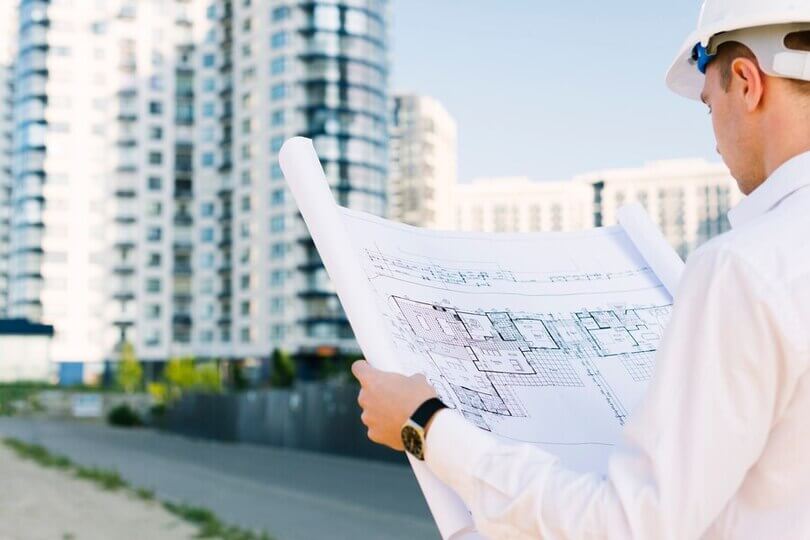
What does the Technical Building Inspection consist of
Through a comprehensive visual inspection, elements such as the structure, facade, installations, and accessibility are reviewed. This allows the identification of potential damages that may affect the building’s integrity.
The responsible professional prepares a detailed technical report with observations and/or deficiencies, proposing improvement and repair plans:
- Favorable outcome: The building requires no improvements.
- Unfavorable outcome: If the issues are severe, an execution order is issued to carry out the necessary reforms. If they are not severe, normal maintenance is conducted.
Depending on the report provided by the technician, deficiencies can be classified according to their severity:
Very serious deficiencies
Imminent safety issues that require urgent action to prevent emergencies and serious damage, avoiding evacuation and the declaration of the building as uninhabitable.
Serious deficiencies
Risks to safety or stability in certain parts of the building, posing a risk to individuals and requiring precautionary measures.
Significant deficiencies
Issues that affect safety in the medium term, may require repairs or preventive improvements to avoid major complications in the future.
Mild deficiencies
Issues that do not significantly affect the safety or habitability of the building. This may include aesthetic damage or minor repairs that do not compromise the structure.
Most common issues found in inspections
The lack of maintenance in electrical systems ranks among the most recurrent issues. This negligence can lead to leaks, short circuits, and even fires, which is why it’s important to maintain these systems in good condition.
Another common problem is related to the lack of thermal insulation, which contributes to increase energy consumption and, in turn, generates complications related to humidity.
Water leaks represent another significant risk, as they not only cause damage to the structure but also attract pests such as termites or cockroaches. It’s important to address them promptly to prevent major problems.
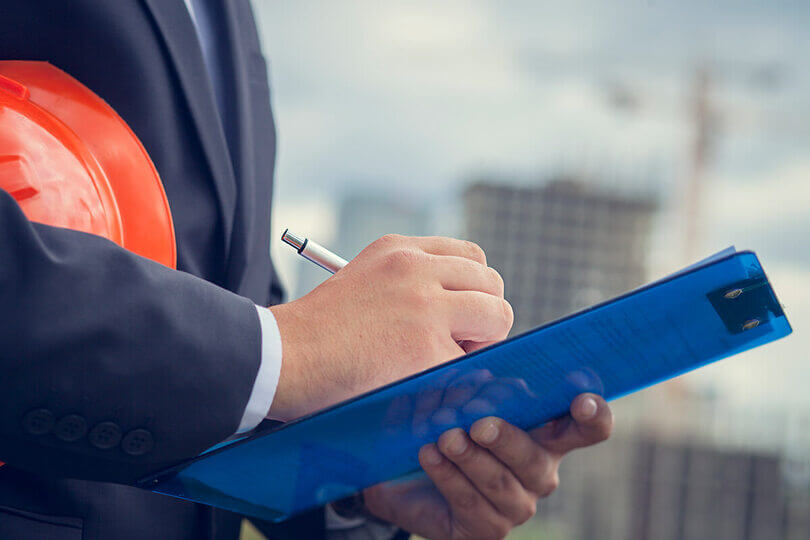


A favorable or unfavorable technical report from the Technical Building Inspection
Key considerations
The failure to comply with the Technical Building Inspection (ITE) can result in fines, penalties, and even the disqualification from obtaining certain permits related to the property. In severe cases, authorities may order the evacuation of the building until the inspection is carried out and the identified deficiencies are corrected.
|
|
As time passes, buildings experience wear and tear, putting the safety of their inhabitants at risk. Attention to these matters not only aims to avoid legal and administrative consequences but also to ensure the safety and proper preservation of buildings.









 The ITE not only focuses on structural safety but also on the sustainability and energy performance of buildings.
The ITE not only focuses on structural safety but also on the sustainability and energy performance of buildings.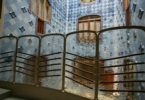

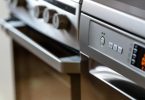
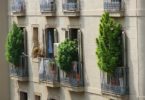



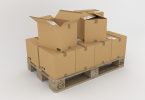



Leave a Comment